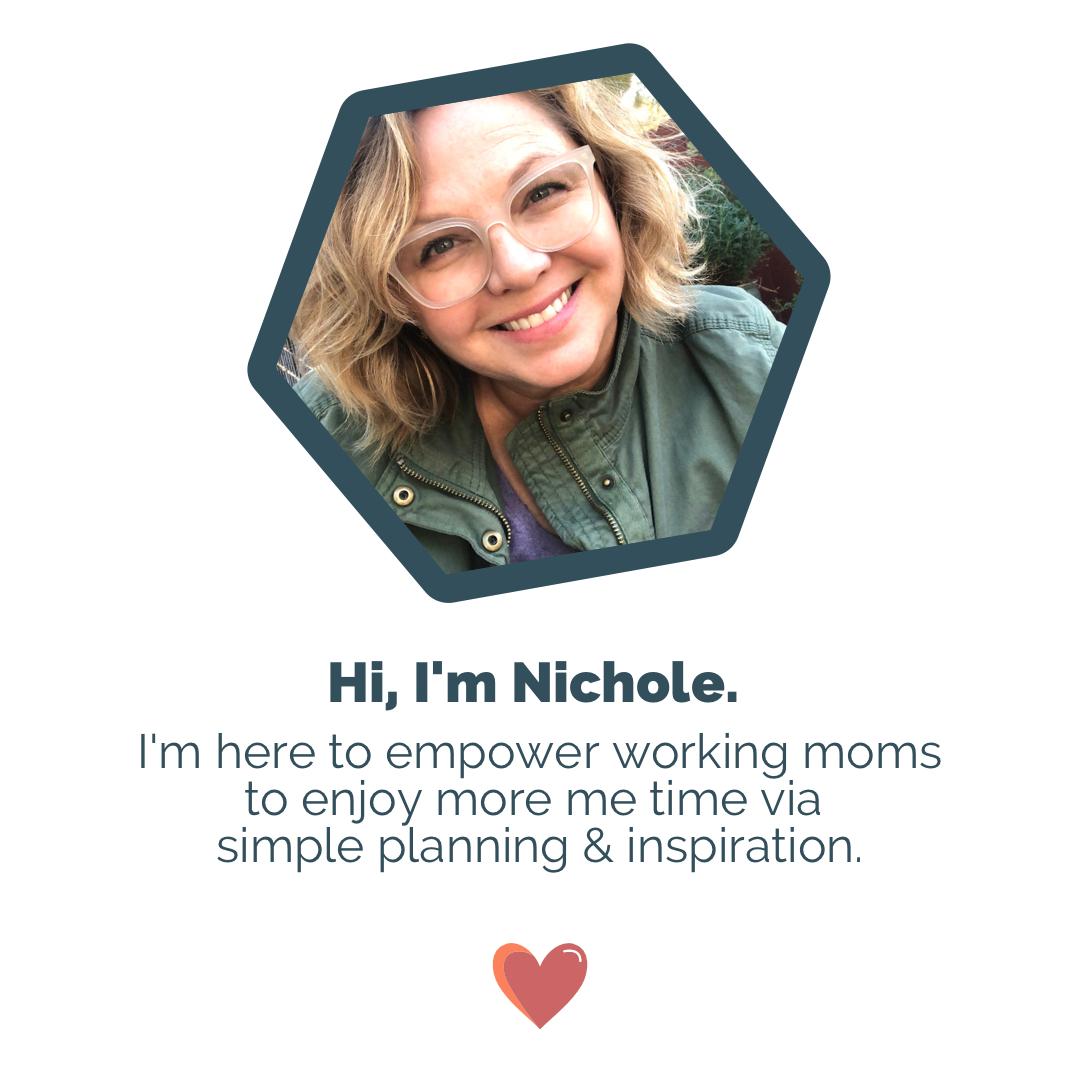Stressed. Anxious. Overwhelmed. Burnt-out.
No matter how you define it, these terms are becoming a regular part of our daily dialog. Especially after becoming a parent. Regardless if we’re working, with family or online, being stressed out has become a standard part of our daily schedules. Unfortunately, many of us lack the critical stress management activities needed to manage the stress in our lives.
Ironically, while we’re mom bragging about being so stressed out, we are also linking our wellness activities to stressful moments. “OMG, I’m freaking out about how overwhelmed I am right now. Oops, gotta run… yoga starts in 15 minutes.” Or, on the other hand, I’m so stressed out that I’m going to hit the Rosé a bit earlier today (aka totally avoiding what’s bugging you).
Either way, we’re masking the root cause of stress with temporary fixes or total stress management avoidance.
“We’re using yoga as a crutch. Don’t use yoga as a stop-gap measure. One hour isn’t going to make a big change.”
Dr. Rayinder Singh, MD ~ at the 2020 So Cal Women’s Wellness Retreat
Making a Change in Stress Management Activities for YOUR Good
Instead of masking what’s bugging us, we need to change the way we approach our lives with intentional stress management activities. It is so easy to avoid our reality by scrolling, binging, and ‘detoxing.’
We often use wellness practices to temporarily fix our long-term stressful lives. Essentially, that matcha coconut milk latte is the lipstick and your lack of sleep due to stress is the pig. Oink. Oink.
I like good matcha as much as any other health nut. In fact, when I was at my most stressed the last couple of years, I was in phenomenal shape and had a fantastic eating plan. However, I wasn’t fully connected to my emotions and stress levels. It had been a crazy few years, but I pushed through with lots of ‘lipstick.’ I didn’t have any stress management activities to help myself heal.
When we tragically lost our home in a wildfire (11/9/2018), I didn’t have enough of an emotional foundation to protect myself from the stress that flamed through my body. I totally lost it and ugly-cried in a dark corner of my sister-in-law’s backyard, heaving from stress and overwhelm.
What followed? A spiral of unhealthy eating, lack of sleep, 24/7 anxiety, and plenty of fear. What stopped my stress cycle and started me on my path to healing? Taking control, gosh darn-it!
This post focuses on three stress management activities that I’ve used during various stressful times in life. Check-them-out, give them a try and see what works best for you.
Activity #1: The Head Dump
It all started with a notebook. As I sat there in our vintage trailer (we evacuated with our trailer) surrounded in our meager remaining possessions, I decided it was time to stop spinning out of control.
I grabbed a notebook, cracked open the fresh binding, and began to write. I started multiple pages:
- Head Dump – a list of what was freaking me out & keeping me up at night
- Do Now – what urgently needs to be taken care; essentially the high priority items from ‘Head Dump’
- Do Later – things I want to remember, but not urgent from ‘Head Dump’
- The Plan – an outline of how I’m going to start moving forward
Right away, it was as if the clouds parted and the sun came out for the first time in days. My brain no longer spun around in uncontrolled stress and fear. I knew what the heck was bugging me, I prioritized all of that junk and then made a plan of action for how I could make an impact.
From that moment on, I took that notebook with me EVERYWHERE. It rested next to my bed at night, it came with me to our son’s rugby practices. If something came up and started to freak me out, I captured it in the right spot of the notebook.
All-of-a-sudden, I had a whole new emotional attachment to the word ’The Notebook’… emotions that were as strong as those I experienced while watching that darn movie, yet a whole lot closer to home. My notebook saved me.
Activity #2: Prioritize & Control
Since going through the ‘Head Dump’ process (above) back in November 2018, I have also found a quick on-the-spot stress management activity. Whether starting a new project or trying to crack a stressful situation, taking myself through the steps below has been valuable. If you like this one… check-out the free “Understanding What is Stressing Your Out” workbook that I have linked at the bottom of this post.
- Brainstorm – I start by making a list of what is bugging me. Often, I break it down by area of life: work, family, and personal. Write down everything you can think of right now… what is stressing you out or causing you pressure?
- Prioritize – Once you see a physical list of all of your challenges, it can be a bit overwhelming. Don’t worry. Now, you get to go back to the list and circle the issues that are most critical right now. They could be the most stressful, or most urgent.
Once you’ve circled those, pick your top ten and rank-order them from 1-10. Any that you chose to not list in the top, you can keep for later in a ‘parking lot’ note so you know to reference them later. Who knows, if they’re not that big of a deal, they may sort themselves out while you tackle the top 10.
- Control – This is when you get to really dig in and figure out how to get a handle on your stressors. Ask yourself:
– WHY is it stressing you out?
– WHAT can you do about it?
– HOW can you take control?
The answers you get will give you a clear pathway to take clear control of your stressors.
Activity #3: On-the-Spot Re-Frame
Ok, this one is super quick. Sometimes, a stressful moment will come out of nowhere and take you off-guard. If you address a stressful moment or experience right away, you can often reduce the impact of stress.
The process of re-framing how you view a stressful moment is called ‘cognitive re-framing.’ Here’s how it works:
- Recognize – once you start to feel the rush of stress coming on, call-it-out as what it is: simply how you are reacting to something that’s happening to you.
- Challenge – take control and realize that YOU control how you react to stressors.
- Re-Frame – you can tag this stressful moment as an opportunity to grow. Or, perhaps the hard-work uphill ride that leads to a super fun downhill ride to come afterward. Either way, you are the one that owns the situation.
Here’s an example of how cognitive re-framing can work:
- Recognize – “OMG, it took forever to get everyone out of the house and we’re going to be late for our appointment.” Take a deep breath and realize you are now in the car and cannot control how fast you’ll (safely) get to your destination.
- Challenge – Call the office/person you have an appointment with and let them know you’re running a bit late. By doing this, you completely diffuse the stressor by facing it head-on.
- Re-Frame: Blast the music in your car and have an in-seat dance party with your kiddos. Likely, your stress has stressed them out a bit. Time to show them that you rock and just enjoy this time together.
Not to stress-you-out, but I’ve given you three simple stress management activities to help you get through various stressful situations. You don’t need to use all three. Simply pick one that you think fits your situation the best. Heck, if you simply start looking at stress in the face and say “I see you and I’m not going to let you get to me,” I’d be thrilled. Because… with control comes peace… trust me.
Interested in more stress management related posts? Check these out:
Here’s how to get the FREE ‘Understanding What is Stressing You Out’ workbook I mentioned in the post:
Contents


